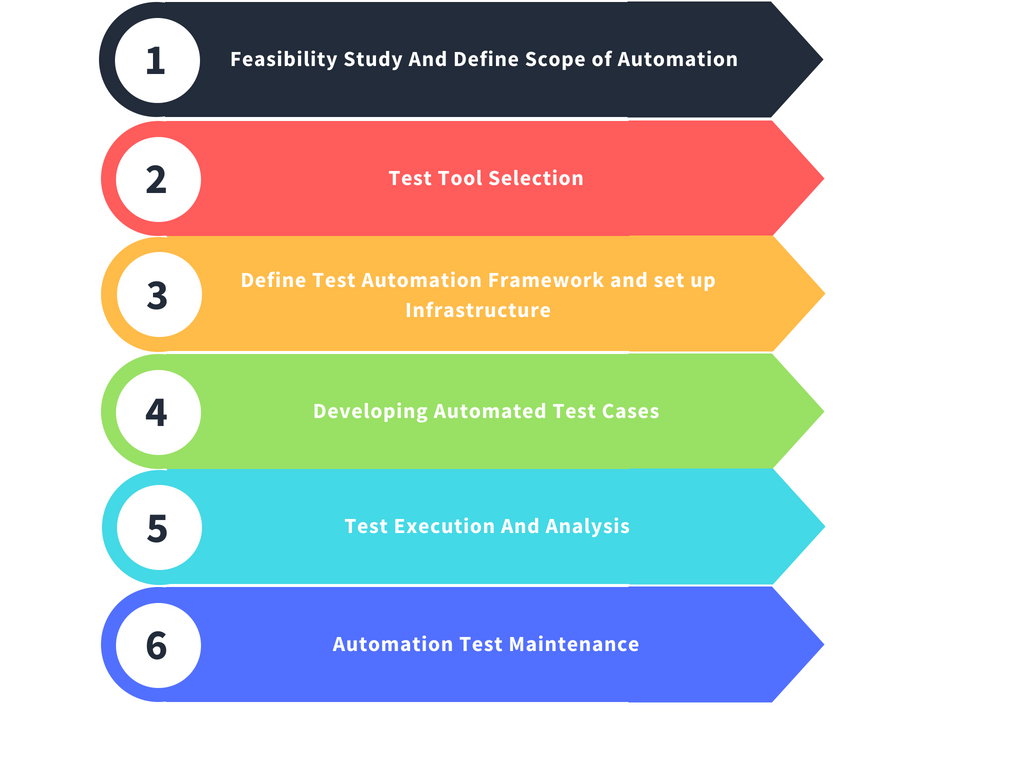Revolutionizing Testing: The Power of Rapid Test Automation Tools
Revolutionizing Testing: The Power of Rapid Test Automation Tools
Blog Article

In today's fast-paced technological landscape, the need for efficient testing procedures has become more critical than ever. Rapid test automation has emerged as a game-changer, providing organizations with the ability to streamline their testing processes and enhance overall software quality. Leveraging test automation tools can significantly reduce time-to-market and improve product reliability, making it a key focus for many companies striving for excellence in software development.
These advanced automation tools empower teams to execute test cases quickly and accurately, allowing for faster identification and resolution of defects. By automating repetitive tasks, testing teams can allocate their valuable resources to more strategic and high-impact activities, ultimately driving productivity and innovation. Embracing the power of rapid test automation tools is not just a trend but a necessity in today's competitive business environment, where speed and quality are paramount to success.
Benefits of Rapid Test Automation
Automation offers immense efficiency gains in the testing process, drastically reducing the time it takes to execute test cases. With the power of rapid test automation tools, repetitive tasks are automated, freeing up testers to focus on more complex scenarios and exploratory testing.
By incorporating rapid test automation tools into the testing pipeline, teams can achieve better test coverage across various platforms and configurations. This wide coverage results in improved software quality and helps identify bugs earlier in the development lifecycle, leading to faster bug fixes and overall shorter release cycles.
One of the key benefits of rapid test automation is its ability to provide reliable and consistent test results. Automation removes the risk of human error and ensures that tests are executed precisely as defined, leading to more accurate feedback on the software's functionality. This reliability ultimately boosts confidence in the software's quality and performance.
Top Features of Test Automation Tools
One key feature of test automation tools is their ability to create reusable test scripts, saving time and effort for testers. With the capability to record user actions and generate scripts automatically, these tools streamline the testing process significantly.
Another important feature is the support for multiple environments and platforms. Test automation tools can be used to run tests across different browsers, operating systems, and devices, ensuring comprehensive test coverage and compatibility for various software applications.
Additionally, many test automation tools offer integration with popular software development tools and systems, such as Jenkins and Git. This seamless integration enables testers to incorporate automated testing into the overall development process, promoting faster feedback loops and better collaboration among team members.
Test Automation IDE
Optimizing Test Processes
In the quest for efficient testing, organizations are increasingly turning to Rapid Test Automation tools to streamline their test processes. By leveraging the power of automation, teams can significantly reduce the time and effort required for testing activities, allowing them to focus on more strategic tasks.
One key advantage of using Rapid Test Automation tools is the ability to run tests at a scale that would be impossible to achieve manually. With automation, tests can be executed across multiple devices, configurations, and environments simultaneously, ensuring comprehensive test coverage and faster feedback loops.
Moreover, these tools enable test scripts to be easily reused and integrated into continuous integration and delivery pipelines. This seamless integration helps in reducing the time to market for software releases while maintaining high quality standards. By optimizing test processes through automation, organizations can achieve greater efficiency and accuracy in their testing efforts.
Report this page